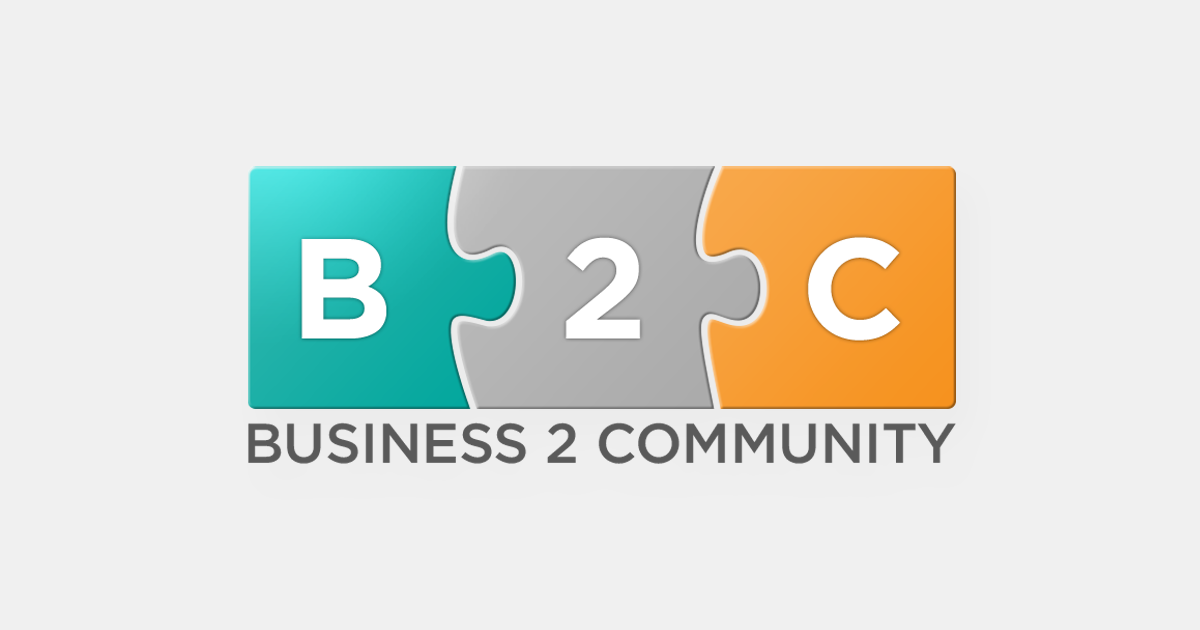Brands partner with individuals, or influencers, who boast large and engaged audiences for their social media content. Influencers, after all, aren’t just a marketing tool–they’re part of any robust social media ecosystem. In 2017, Snapchat started offering verified accounts to influencers and creators. Verified and/or high-viewership Snapchat influencers, however, now have access to in-app analytics. Users can see how many views their Stories have reached over weeks, months, and years, the average amount of time each viewer spends on a Story, day-by-day trend comparisons, and age, gender, and other demographic statistics. What does this all mean for brands? Snapchat’s new analytics tools mean influencers can share follower demographics with potential partner brands. Your company might have been hesitant to sink marketing money into Snapchat-based influencing because you had no way of knowing how many people saw those posts or who the people who saw them actually are. Influencers and brands alike don’t get much use out of a platform that lacks a large user base. But Snapchat’s Q4 profits turned out better than expected, boasting both high earnings and healthy user growth rate.
Influencer marketing is an increasingly significant part of any modern companies’ social media strategy. Brands partner with individuals, or influencers, who boast large and engaged audiences for their social media content. While some influencers are celebrities, many are simply everyday people who are admired for their humor, expertise, fashion sense, etc. — people, in short, who set trends just like cool kids in high school did. When trusted influencers use or advocate products, people tend to listen. A healthy influencer/brand arrangement can increase revenue for both the influencer and the brand.
If this is all old hat to you and you’re already familiar with the influencer world, you might associate influencers with Instagram more than any other platform. Statistics back that connection up. eMarketer reports that a whopping 78 percent of surveyed influencers in January 2018 identified Instagram as their top social media platform for collaborating with brands, while 16 percent chose personal blogs and the combined totals choosing Youtube, Facebook, or Pinterest was lower than 10 percent.
You might note a glaring omission from this list of platforms: Snapchat. Snapchat’s user base is not insignificant–it’s the preferred platform of 13-to-18-year olds, a digital generation whose purchasing power is only going to increase. Why aren’t more influencers enthusiastic about this platform?
In many respects, analytics are simply easier to carry out on Instagram. Owners of Instagram business pages, for example, can view data on how many impressions their organic posts received, viewer age, location, and gender, and hour-by-hour performance metrics. Access to comprehensive audience data, in turn, helps them fine-tune their content.
For influencers who prefer to keep non-business profiles, a huge suite of platforms and tools are available to help them gain analytic information. And when Instagram launched its popular Stories feature, essentially copying Snapchat, many influencers consolidated their efforts into Instagram’s higher-audience, higher-capability, and…

COMMENTS